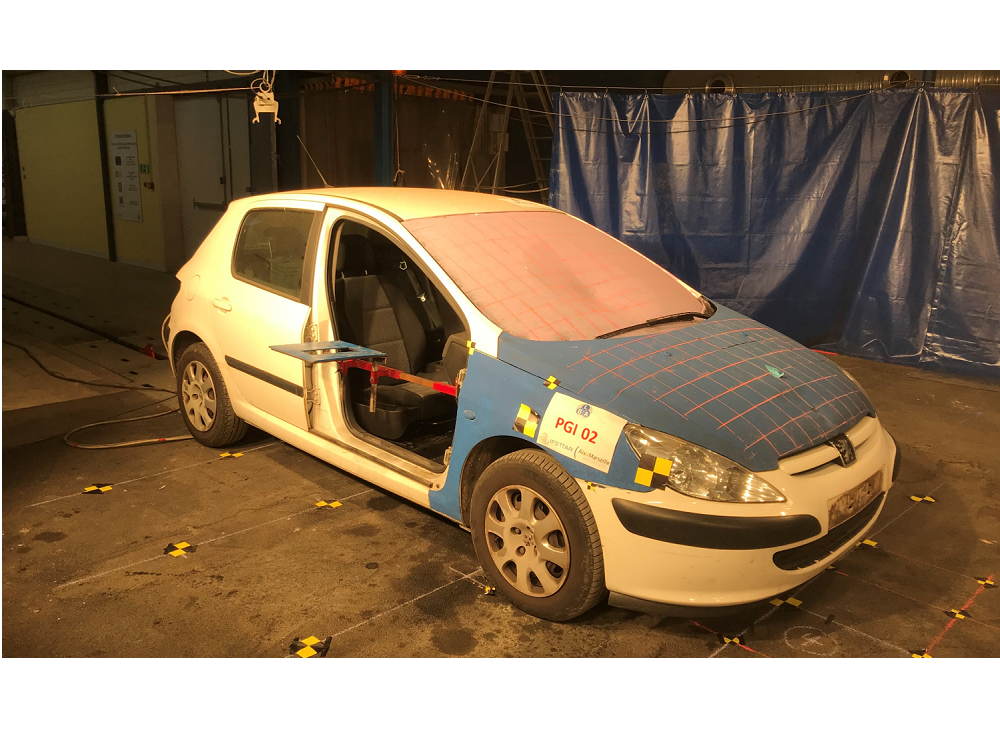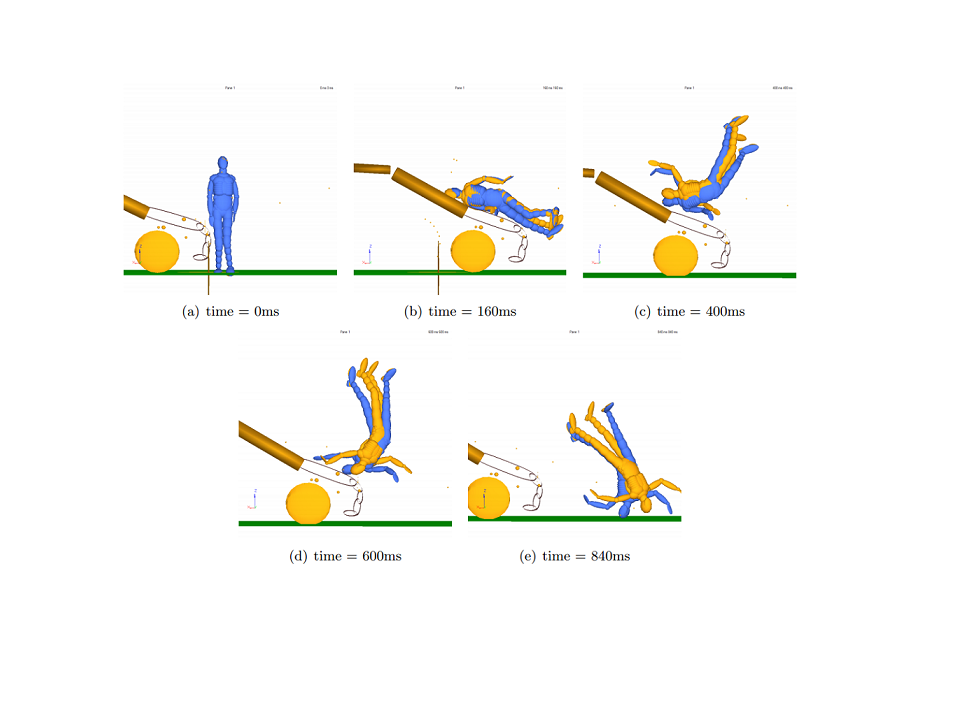Simms Lab - Page Under Construction
What is Biomechanics?
Biomechanics combines the study of mechanics with the study of living things. In biomechanics we look at forces acting on body segments and analyse the consequences of these forces. This involves evaluating the body’s movement or injuries caused by this force.
“The study of living things using the science of mechanics” [knudson d. (2007). fundamentals of biomechanics 2nd ed. New York springer]
Simms Lab Research Areas
Sports Injuries
With the increasing importance on sports safety Simms Labs plays a large role in the research of sports related injuries. With an emphasis on rugby tackles, we use video analysis, volunteer tests and computational models to evaluate the body’s movement and injury risk.
Pedestrian and Transport Safety
Motorists, cyclists, electric scooter users and pedestrians are all at risk of injury on roadways. At Simms labs, we partnered with universities across the globe to conduct full scale vehicle cadaver impact tests as well as the biomechanics of train collisions/suicides. A little closer to home we also look at video footage of single cyclist collisions and create computational models to better understand the mechanics and develop strategies to decrease the risk of injury.
Soft Tissue
At Simms Labs, we are interested in soft tissue mechanics (especially the structure-loading relationship in passive muscle). We are researching the mechanical tension-compression asymmetry in skeletal muscle. Our work addresses mechanical testing, architecture and modelling.
Device Design
It is not uncommon for biomechanical researchers to aid in the design and implementation of medical devices. Dr Ciaran Simms co-developed an award-winning walking aid for children (Buddy Roamer), crash resistant swivel seats (McElmeel Mobility) and gym equipment (Blk Box Designs). Simms Labs is currently working on the development of a wound closure device for improved surgical closure.



